Wu Tsang
La gran mentira de la muerte
20 Jul - 03 Nov 2024
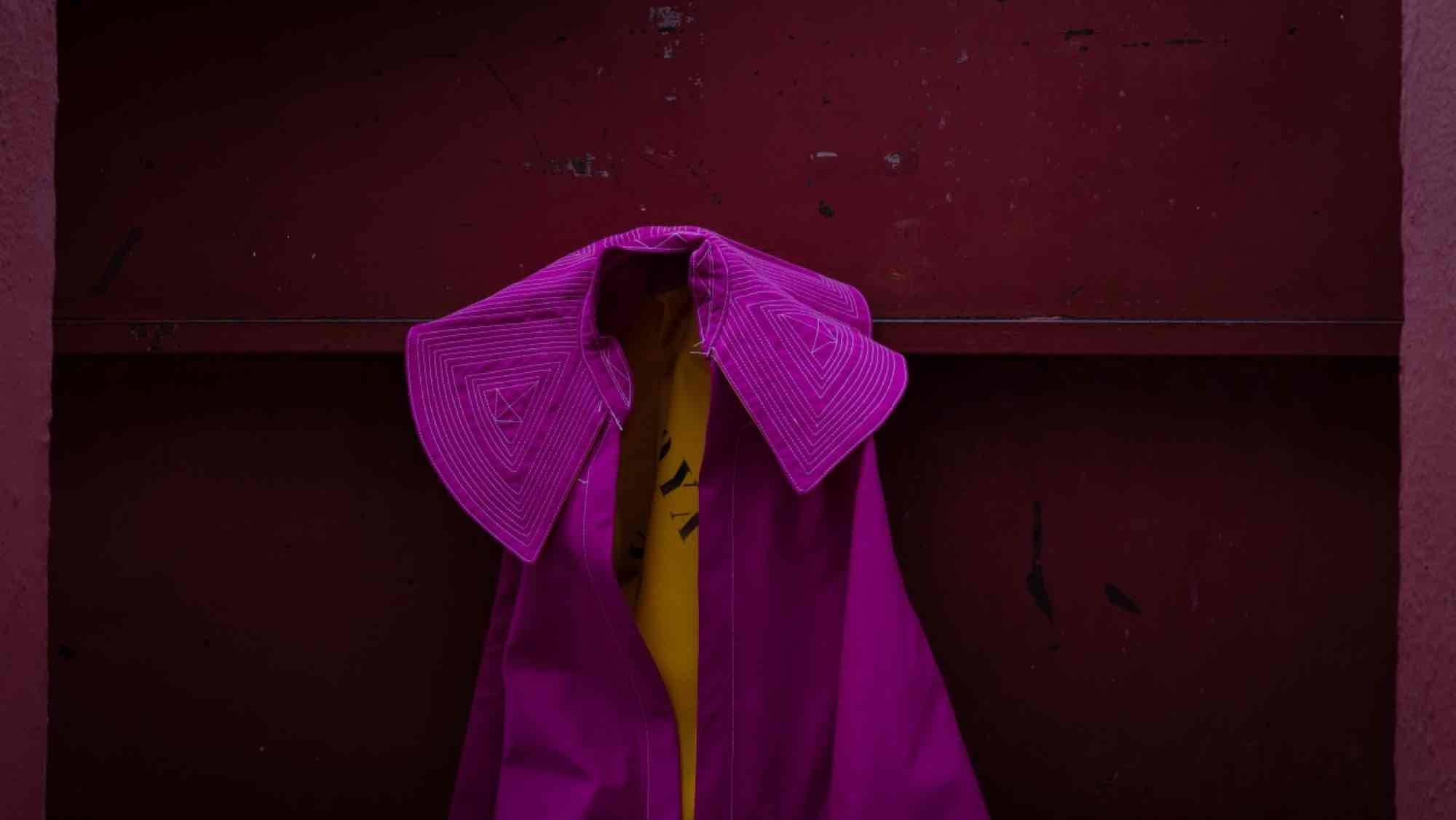
VIEWS OF THE EXHIBITIONS "LA GRAN MENTIRA DE LA MUERTE" (THE BIG LIE OF DEATH). PHOTO: MIQUEL COLL, 2024.
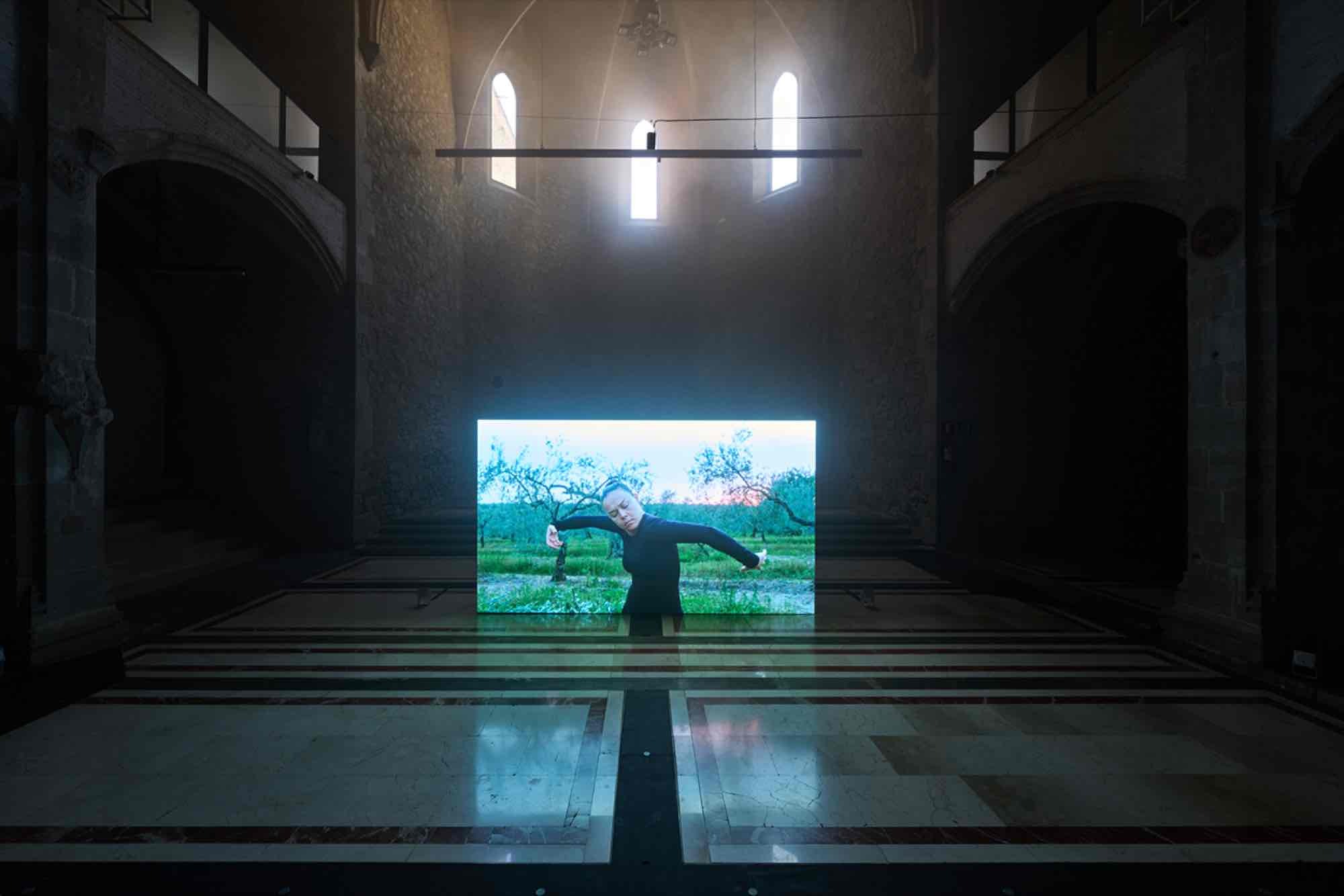
VIEWS OF THE EXHIBITIONS "LA GRAN MENTIRA DE LA MUERTE" (THE BIG LIE OF DEATH). PHOTO: MIQUEL COLL, 2024.
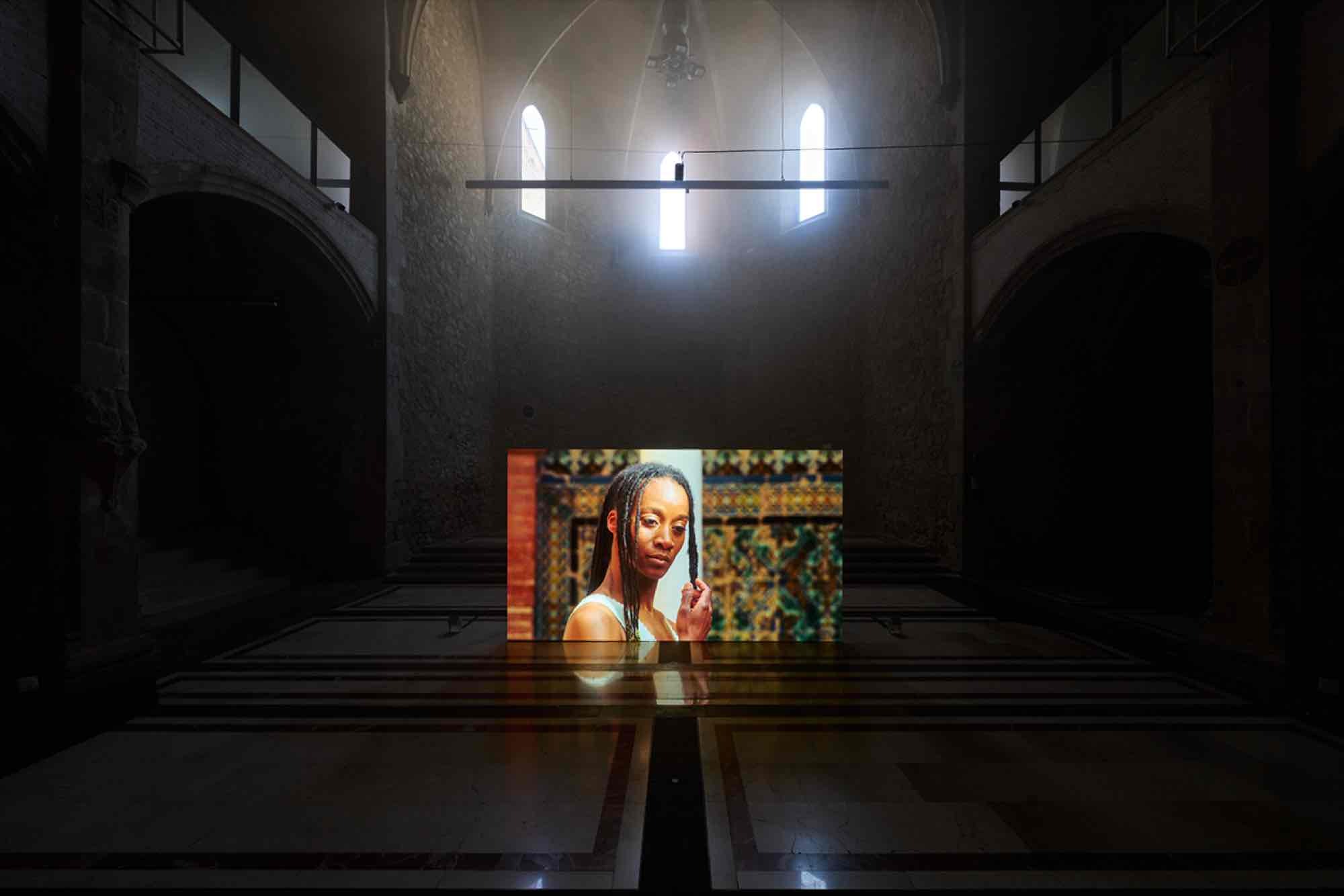
VIEWS OF THE EXHIBITIONS "LA GRAN MENTIRA DE LA MUERTE" (THE BIG LIE OF DEATH). PHOTO: MIQUEL COLL, 2024.
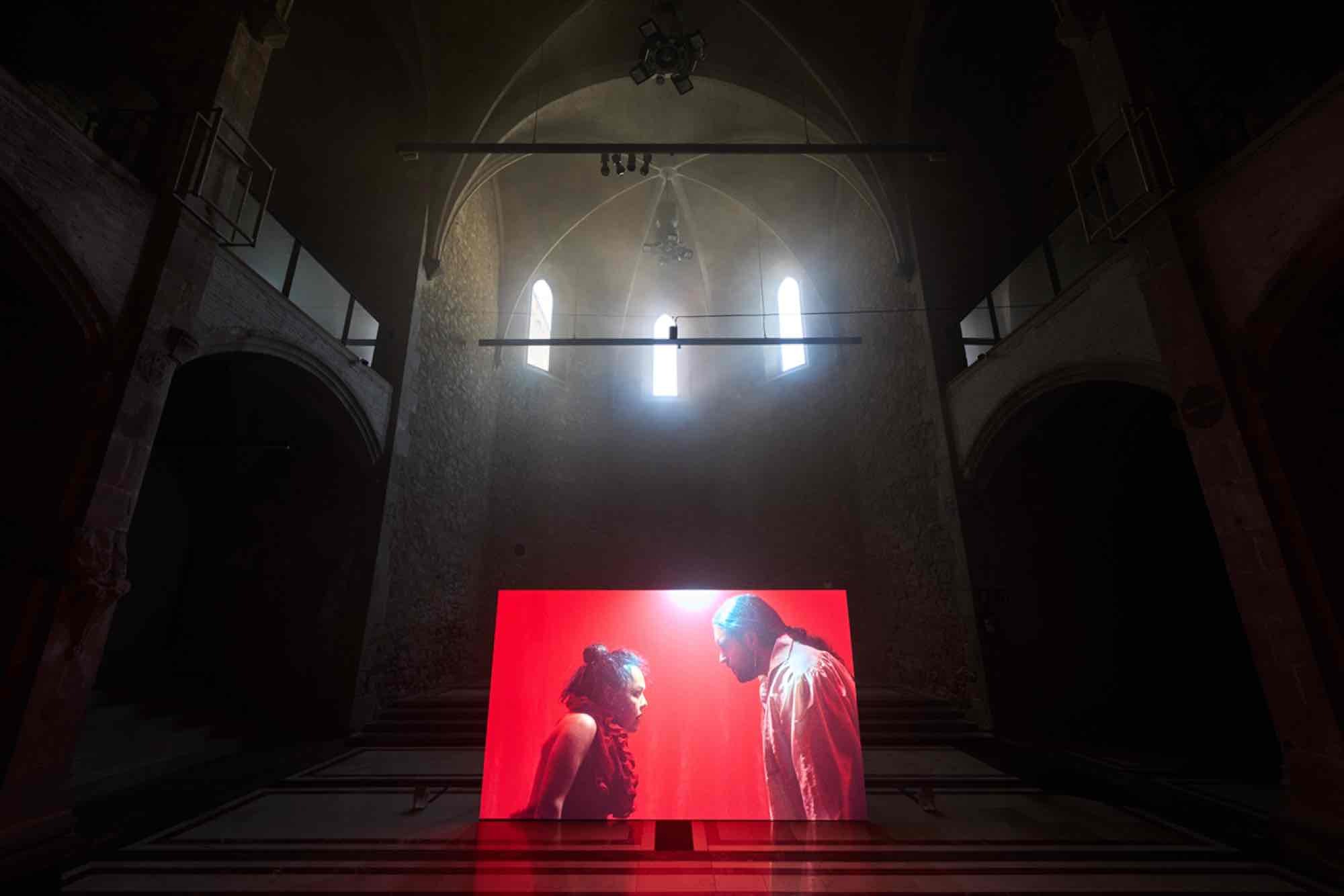
VIEWS OF THE EXHIBITIONS "LA GRAN MENTIRA DE LA MUERTE" (THE BIG LIE OF DEATH). PHOTO: MIQUEL COLL, 2024.
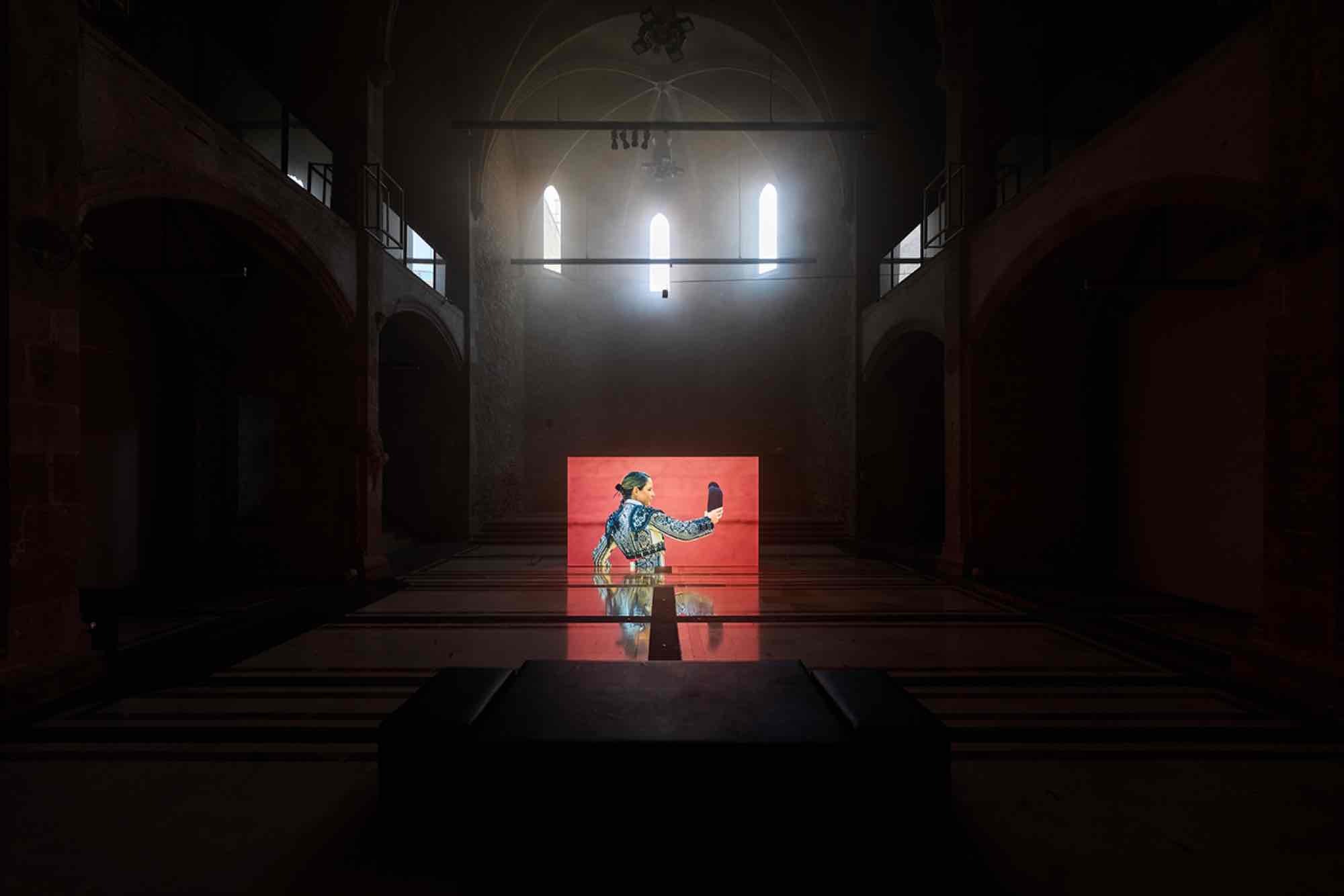
VIEWS OF THE EXHIBITIONS "LA GRAN MENTIRA DE LA MUERTE" (THE BIG LIE OF DEATH). PHOTO: MIQUEL COLL, 2024.
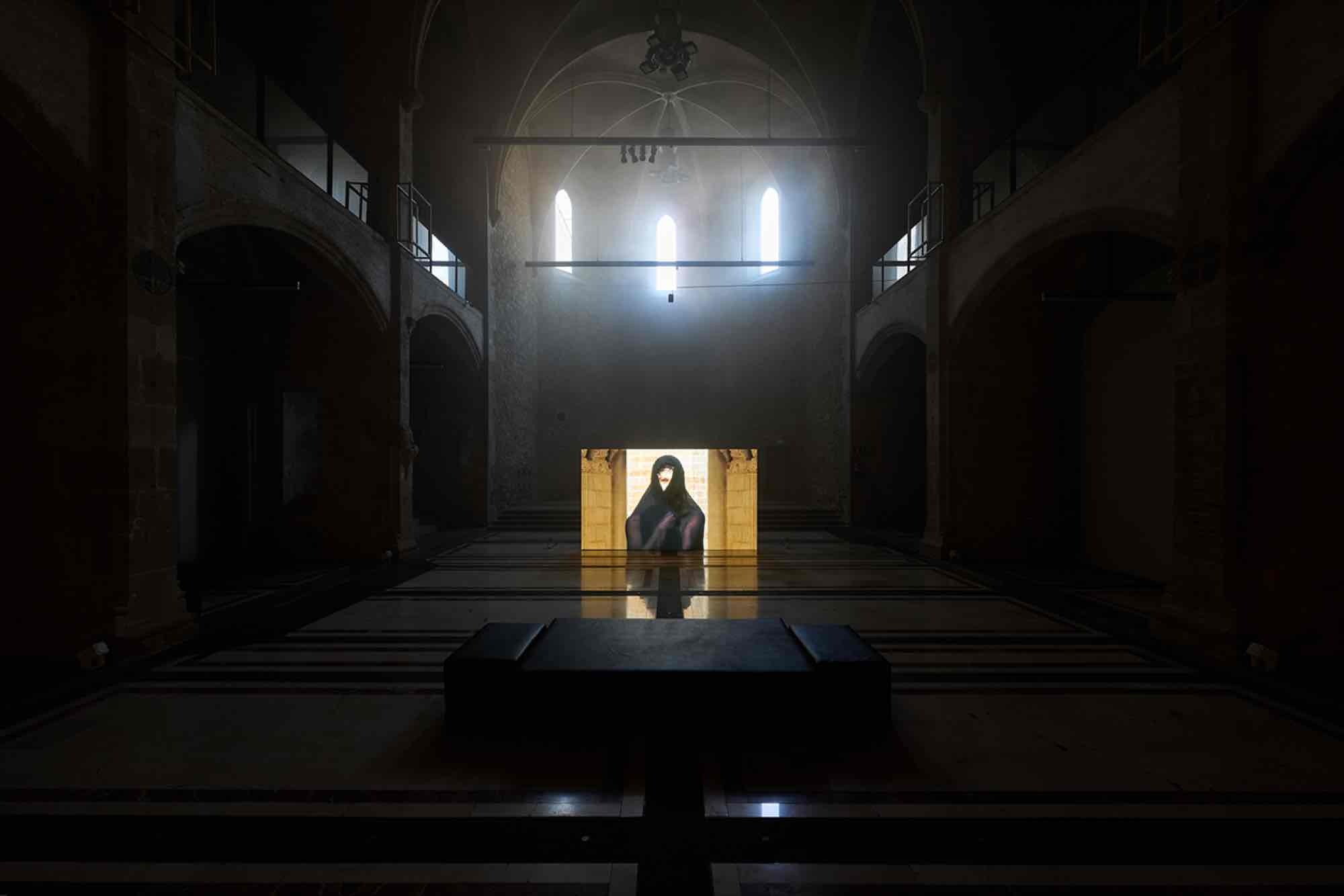
VIEWS OF THE EXHIBITIONS "LA GRAN MENTIRA DE LA MUERTE" (THE BIG LIE OF DEATH). PHOTO: MIQUEL COLL, 2024.
La gran mentira de la muerte (The big lie of death) is a multichannel sound and film installation conceived as a site-specific work for MACBA’s Capella. It explores poetic themes of Carmen, particularly as her myth is entangled with the performative fields of flamenco and bullfighting. Like the opera composed by Georges Bizet, these fields evoke the spectacle of death and implicate the spectator as a part of it. This work brings the ritual performance of death (real and imagined) into a conversation with cinema, which bears its own murderous traditions.
Different subalternities run through Carmen: colonial, racial, gender, class and criminality. All of them make Carmen an image of western otherness and, at the same time, she embodies one of its great stereotypes. Going further, the collision of all these subalternities displaces her beyond identity, and sets in motion the tragic destiny of the myth.
The film, interpreted by performers Rocío Molina with José “El Oruco”, Yinka Esi Graves, Tosh Basco and the bullfighter Vanessa Montoya, utilizes multi-channel spatialized sound to evoke horror genre. But, unlike a horror movie, as we enter the myth, some form of escape emerges before us. Just as the myth of Carmen proposes that her freedom can only end in the tragic fate of death, the camera has been trained to capture everything it intends to film. However, the artistic act could confront this question and, even if only for a glimpse, to make us believe in the possibility of seeing the image dancing alive before our eyes.
For many years Tsang has worked through collaboration and performance to interrogate cinematic violences inherent to capture and narration, in pursuit of the ‘impossible’ image (the liveness that escapes the image). This project was developed as part of an ongoing exchange with pie.fmc (Pedro G. Romero, Joaquín Vázquez and Enrique Fuenteblanca) as well as Tsang’s longtime collaborators Moved by the Motion, through a series of trips and residencies in Seville and the surrounding area, alongside the development of a live opera staged at the Schauspielhaus theater in Zürich.
Different subalternities run through Carmen: colonial, racial, gender, class and criminality. All of them make Carmen an image of western otherness and, at the same time, she embodies one of its great stereotypes. Going further, the collision of all these subalternities displaces her beyond identity, and sets in motion the tragic destiny of the myth.
The film, interpreted by performers Rocío Molina with José “El Oruco”, Yinka Esi Graves, Tosh Basco and the bullfighter Vanessa Montoya, utilizes multi-channel spatialized sound to evoke horror genre. But, unlike a horror movie, as we enter the myth, some form of escape emerges before us. Just as the myth of Carmen proposes that her freedom can only end in the tragic fate of death, the camera has been trained to capture everything it intends to film. However, the artistic act could confront this question and, even if only for a glimpse, to make us believe in the possibility of seeing the image dancing alive before our eyes.
For many years Tsang has worked through collaboration and performance to interrogate cinematic violences inherent to capture and narration, in pursuit of the ‘impossible’ image (the liveness that escapes the image). This project was developed as part of an ongoing exchange with pie.fmc (Pedro G. Romero, Joaquín Vázquez and Enrique Fuenteblanca) as well as Tsang’s longtime collaborators Moved by the Motion, through a series of trips and residencies in Seville and the surrounding area, alongside the development of a live opera staged at the Schauspielhaus theater in Zürich.
